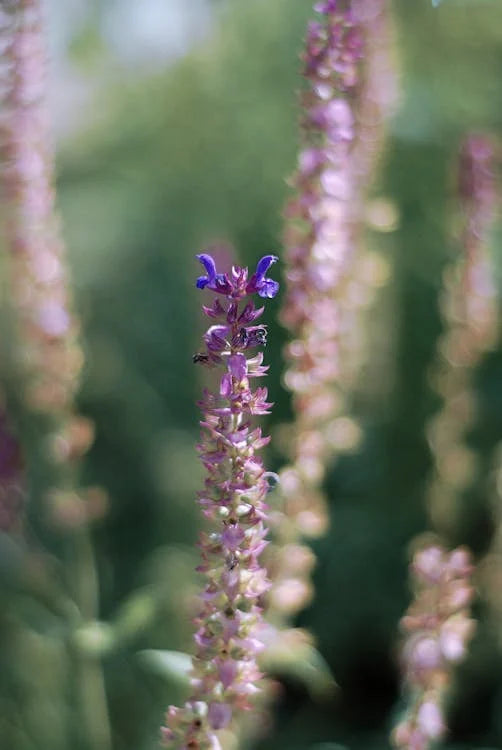
Background and history of Salvia nemorosa
Share
The name “Salvia” comes from the Latin word salvare , which means “to heal” or “to save.” This reference already indicates that the plant has a rich history as a medicinal herb. Salvia nemorosa is a perennial plant that is native to Europe and parts of Western Asia. It grows naturally on sunny hillsides and grasslands, where it adapts to dry and poor soils.
Salvia has played an important role in folklore and medicinal applications throughout history. Although Salvia nemorosa does not have the same culinary or medicinal uses as its more common cousin, the common sage ( Salvia officinalis ), it is often prized for its aesthetic and ecological value. In many cultures, Salvia is associated with wisdom, health, and protection.
In modern horticulture, Salvia nemorosa has become a favorite for its long flowering period, ease of care, and versatility. Thanks to breeding programs, there are now numerous cultivars available, varying in color and shape. Some popular varieties include “Caradonna,” with its dark stems and deep purple flowers, and “Ostfriesland,” which is known for its compact growth and vibrant colors.
Salvia nemorosa is not only a valuable addition to gardens, it also plays a role in supporting biodiversity. By attracting pollinators such as bees and butterflies, it helps maintain healthy ecosystems. Whether you have a small city garden or a sprawling picking garden, Salvia nemorosa offers beauty, functionality and a piece of history that any gardener can appreciate.
